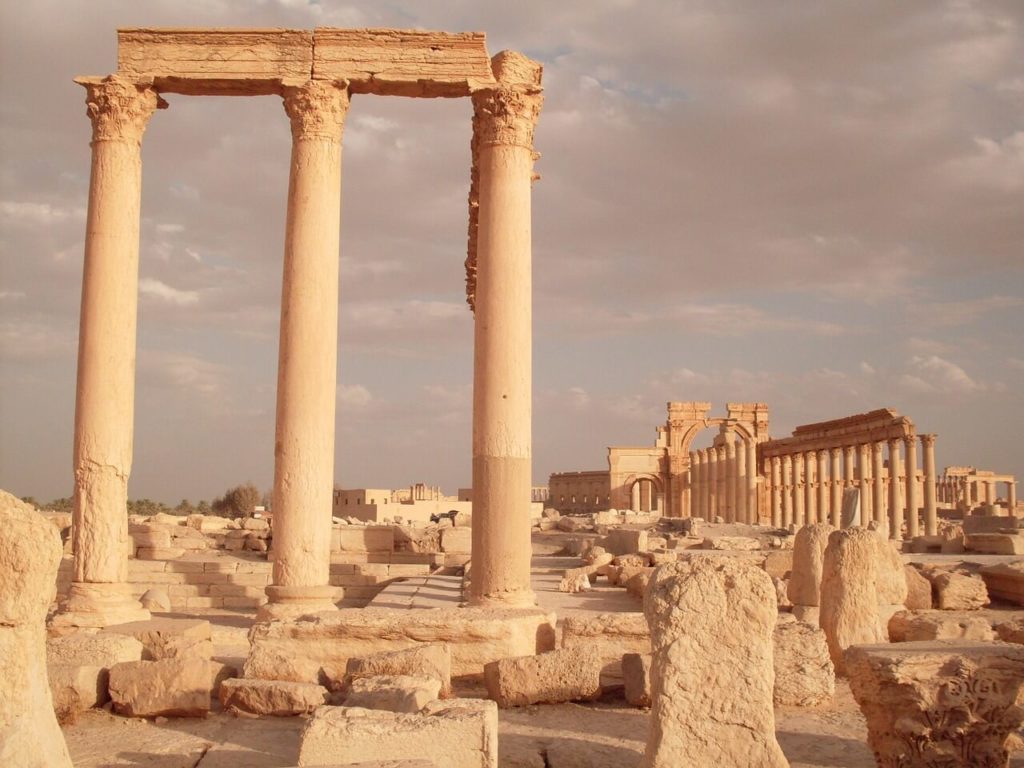
Notre Dame Cathedral Fire
When a disaster event like the Notre Dame fire impacts a cultural icon, it sends shock waves across the globe. For anyone who appreciates art or world heritage, the destruction or near-destruction of any great symbol is devastating to the human psyche. Not only is the impact felt by its people, but by others influenced by the icon.
The Notre Dame Cathedral fire on April 15 – 16, 2019 was one of these events. Not only is it a significant loss to Parisians, but people worldwide. Called the “heart of Paris,” French people are mourning the loss of their spiritual center. The Notre Dame cathedral is both a symbol of French culture and history.
It impacted me as Notre Dame was a place I visited on a trip to Paris. I marveled at Notre Dame then and appreciated its grandeur as well as what it stands for. It pains me to think of what the French people are going through. Although Notre Dame is not a total loss, even a full restoration will not entirely dull the pain.

Palmyra - Ancient Roman Ruins
A site damaged due to the ongoing war in Syria is the ancient city of Palmyra. At the end of April 2017, the Iraqi army reclaimed the area from ISIS militants who destroyed the site. Not only did they degrade the ruins but also beheaded the head of antiquities when he refused to tell them where he hid a prized statue.
The loss is sad on many fronts. Not only for the life that was stolen but to our understanding of the human journey together over time. Previously, it was known as one of the nation’s best preserved historical sites. The city stood as a physical representation of the region’s long history. Palmyra was an important economic center. Not only was it critical during Greco-Roman times, but the town preserved local traditions and highlighted Persian prominence in the region. To learn more, go to UNESCO’s Palmyra site.
Palmyra is only one of the multiple sites that have been damaged by the conflict. As is often the case with on-going wars, many key artifacts are destroyed and lost. On a hopeful note, this does not go unnoticed and key academic, archeological and groups like UNESCO work to preserve or restore what they can. Palmyra will reopen after extensive renovations this year.

Loss of the Bamiyan Buddhas
In 2001 the world’s tallest Buddha and its companion statue were blown up by the Taliban. The holy images stood for over 1500 years. In that time, they saw almost two centuries of strife in Afghanistan. The Taliban destroyed the statues as part of an effort to remove all non-Islamic art and images from the country.
The statues were not only crucial to the religion but were identifiers of the Bamiyan region. So, the loss of the Buddhas impacted not only Buddhists but changed the local community’s identity. The destructive incident was a double-blow to the area.
Although museums in Japan and New York offered to remove them, the Taliban dynamited the Buddhas anyway. Interestingly, UNESCO decided not to rebuild the Buddhas. UNESCO determined it was unable to restore them using original materials. However, a digital recreation was projected into the damaged space for an event one night in 2001.

Closing Thoughts
The destruction of cultural symbols happens for many reasons. Fire, floods, earthquakes, war, and other events destroyed many symbols of civilizations in the past. You can read more about recent natural disaster events here. The Notre Dame Cathedral is just the latest example in a long line of losses over the centuries. We will likely lose more precious artifacts in the future.
The fire at Notre Dame impacted me personally as it is a place I saw in-person. I marveled at its beauty and majesty. Like others, I was awestruck that it was built using techniques sophisticated for the time but limited in comparison to modern tools. Visiting the site I understood how it has such an effect on the people around it.
The are no words to describe the shock and horror of this event. It is good to see the French people rallying and deciding how to rebuild it. The quick response tells me that they are holding on to their cultural center and that they have pride in their shared history. Unfortunately, it can take events like these to remind people of the importance of their unique values and essential contributions to the world.
As an expert in crisis management and disasters, it also tells me they are a resilient people. It is a trait I hope they do not loose. I will watch the rebuilding process closely and hope that the end product is a fitting homage to the original structure. It is hopeful to learn that sometimes people can restore or at least retain the cultural symbol for future generations.
